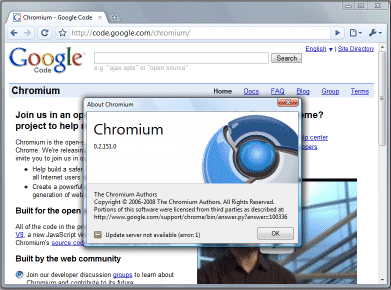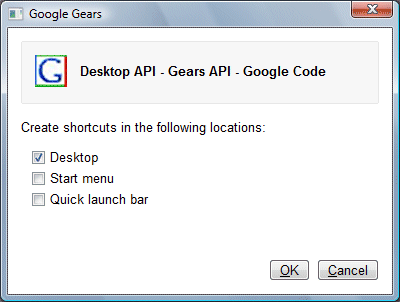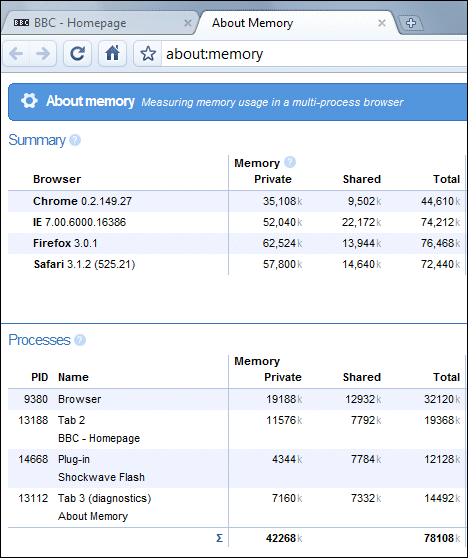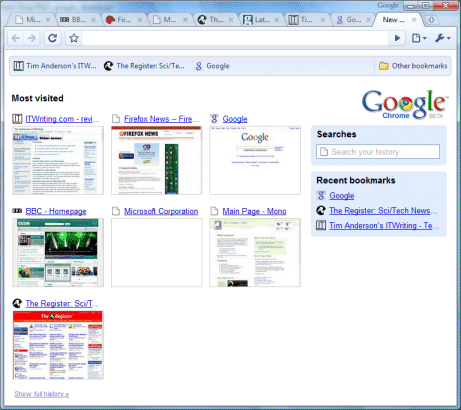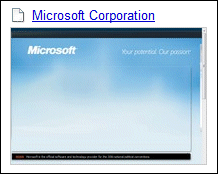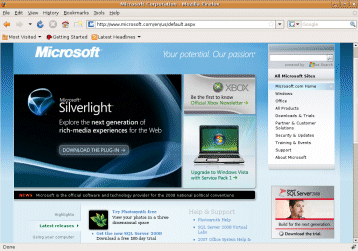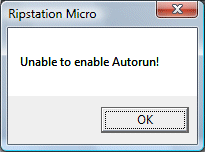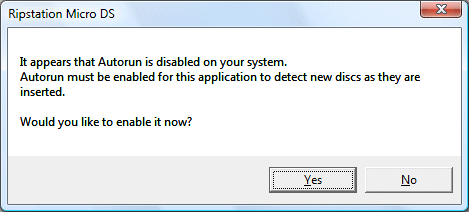I’ve written a short piece on XAML for the Register. Here’s a few things you might not have known about Microsoft’s Extensible Application Markup Language:
1. It is not just for WPF (Windows Presentation Foundation); it is also used as a language for Workflow Foundation (WF). Microsoft has hinted that we will see more XAML applications announced at the forthcoming PDC.
2. XAML doesn’t have to be XML – see the intro to the XAML Object Mapping Specification 2006, which says that “any physical representation may be used.”
3. XAML is a small core and distinct from XAML vocabularies. The huge WPF is a XAML vocabulary. WF is another vocabulary.
4. Although XAML is usually represented as XML, it is near-impossible to create an XML Schema to validate it usefully. Here’s where Microsoft explains why.
5. In Visual Studio 2005, a huge but imperfect .xsd schema file was used for validation and to drive IntelliSense (things like code completion) in the XAML editor. In Visual Studio 2008 Microsoft abandoned that idea and uses a language service instead.
6. The core idea behind XAML is to be a declarative language for .NET. WPF is merely an early application for XAML.
7. XPS, Microsoft’s fixed-layout language that competes (just about) with Adobe’s PDF, uses XAML that is a subset of WPF. This means that you can actually display XPS documents in Silverlight – there’s no need for a viewer, it is native Silverlight code.
8. When you compile a Silverlight application, the XAML stays as XAML, albeit bundled into a resource.
9. Silverlight allows you to write inline XAML within HTML.
10. XAML rhymes with Camel. Sorry, you knew that already. But did you know that CAML (Compiled Application Markup Language) is XAML compiled to MSIL (Microsoft Intermediate Language)? Microsoft tested this idea in pre-release versions of WPF, but apparently the performance benefits were disappointing and it was less compact than BAML (Binary Application Markup Language), a tokenized representation of XAML. Silverlight doesn’t bother with either: XAML is saved as a resource in a .NET DLL, and then zipped as part of the .XAP package by which a Silverlight application is delivered.
